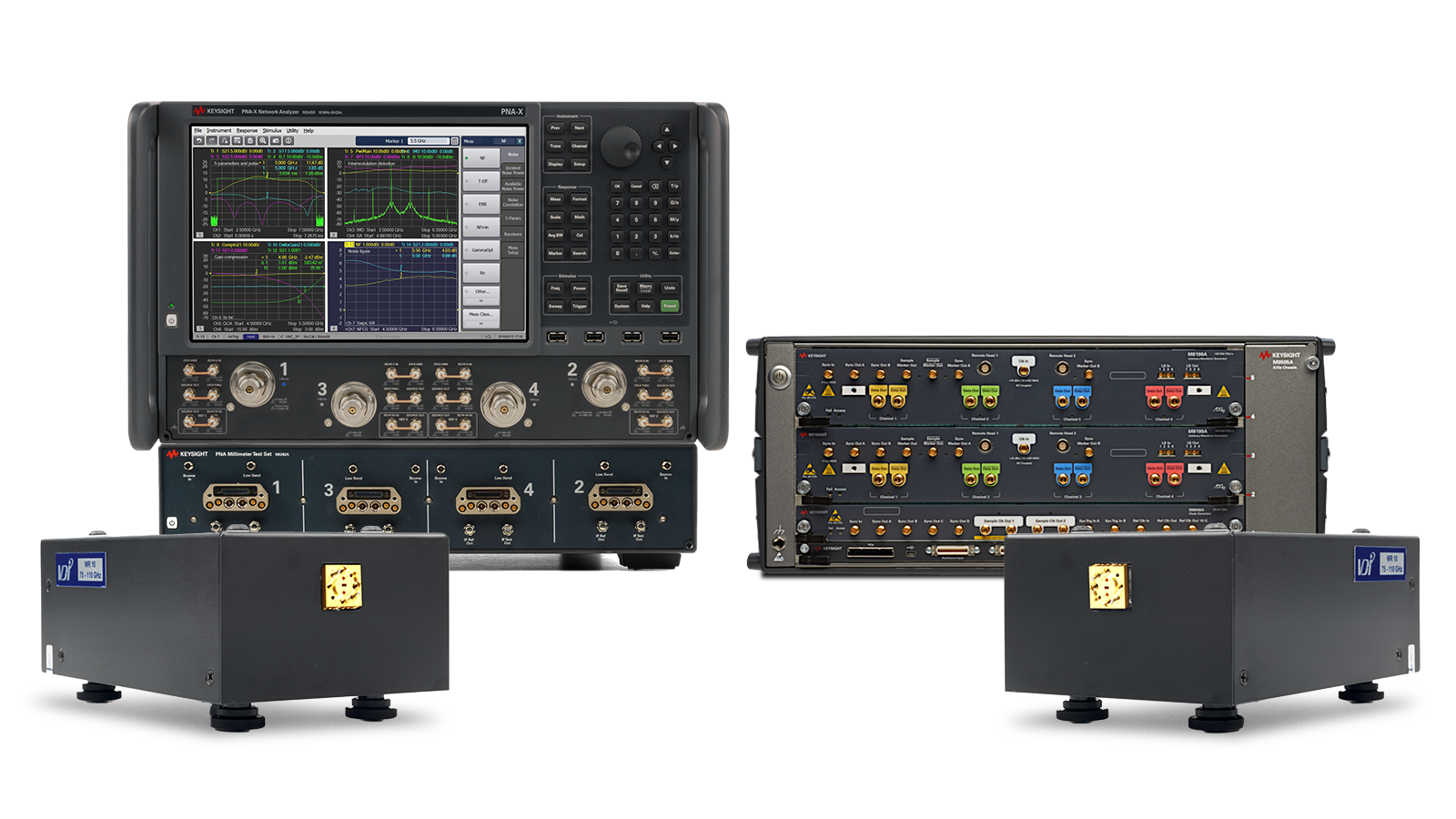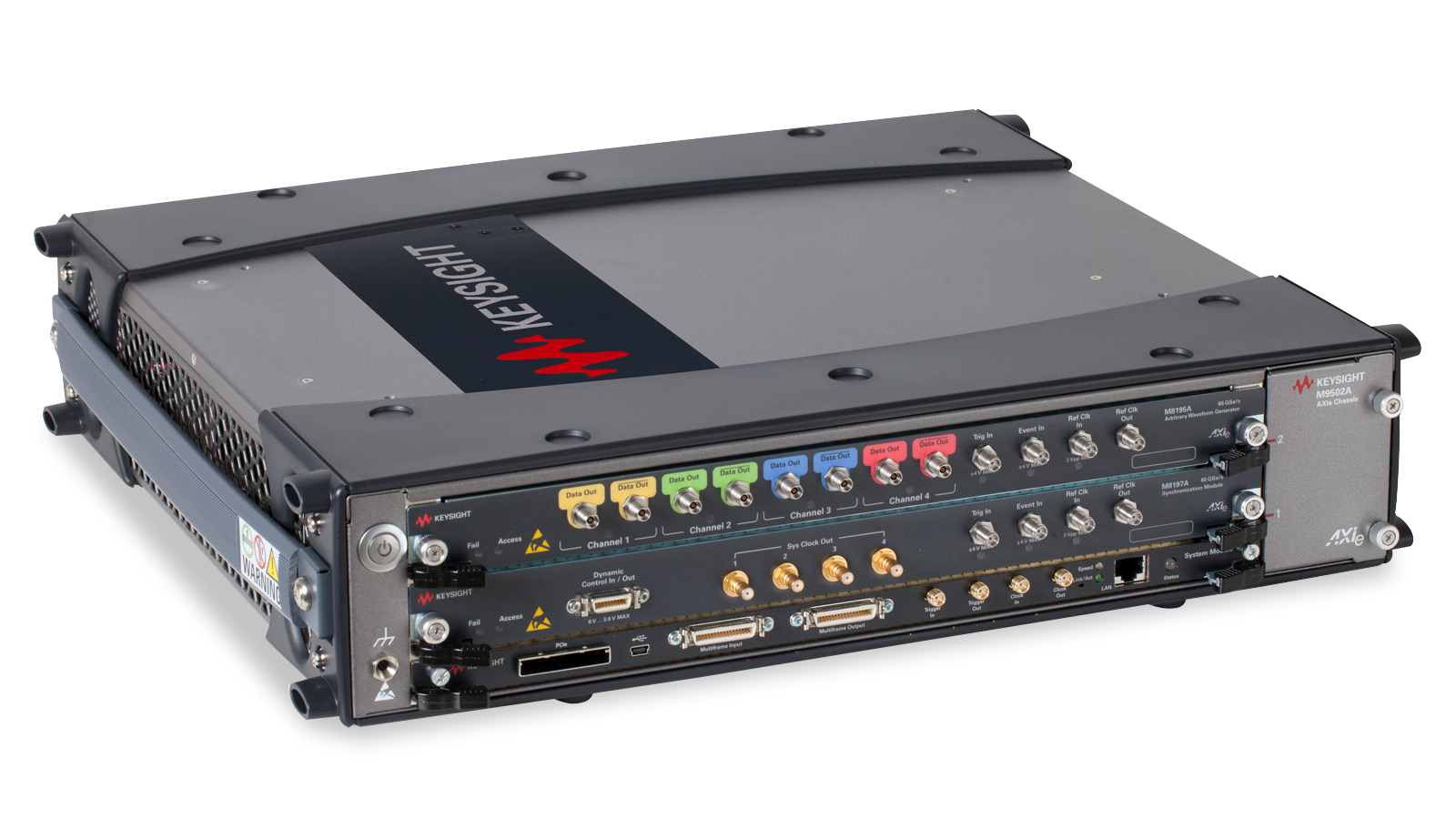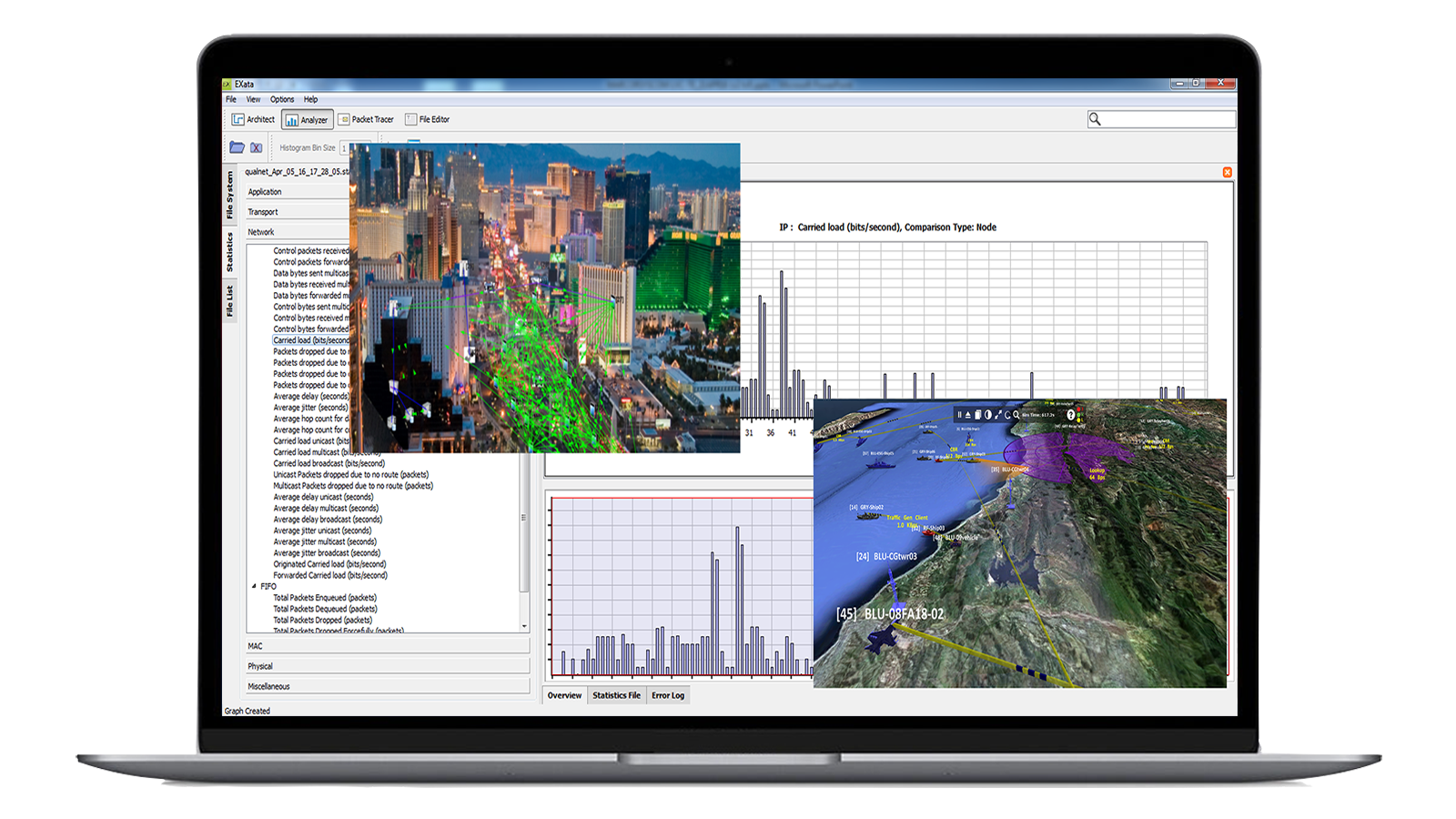What are you looking for?
Pioneer in 6G Research
Visit Keysight at MWC 2025
Planning to visit Mobile World Congress, March 3-6, in Barcelona, Spain? Meet Keysight at Hall 5, booth # 5F41 to see how you can take 6G from simulation to emulation.
Accelerate 6G research
With Keysight's expertise in measurement science and state-of-the-art RF and cellular testing capabilities, you can accelerate the pace of 6G research. Contact us today to learn more about how Keysight can help you develop the next generation of wireless technologies.

Gain expertise in the fundamentals of 6G
With the deployment of 5G well underway, vendors and service providers can help consumers, industry, and government unleash a multitude of use cases. However, 6G researchers must go much further. 6G technologies will provide unprecedented performance, reliability, and security, fully connecting society for the first time.
Explore solutions for your 6G research
Discover the building blocks for 6G research
We can help you tailor your entire development ecosystem to the fast-moving requirements of wireless research.

New Spectrum
Unlock the frequency bands targeted by 6G and validate new spectral efficiency technologies.

Novel Architectures
Innovate on 6G network architecture by leveraging the best of Open RAN and non-terrestrial networks.

AI and ML
Optimize system designs by harnessing the power of artificial intelligence and machine learning.

Digital Twins
Accelerate next-generation 6G network designs with AI-enabled digital twins to expedite development.

Security
Prepare for the coming security challenges 6G will present to enable secure connectivity anywhere.

Sustainability
Discover how 6G will enable energy efficiency in networks and enable sustainable technologies.
Find your 6G research use case
Learn how to do the following:
- Take S-parameter and modulated measurements at sub-THz.
- Correlate component performance to the system model.
- Remove test fixture impairment contributions.

Learn how to do the following:
- Model 6G FR3 channel conditions and impairments.
- Benchmark systems in 6G channels.
- Integrate digital twin workflows into your system design.

Keysight experts weigh in on 6G research challenges
6G FR3 channel emulation
AI / ML and sensing in 6G
NTN sky-to-lab: end-to-end emulation
Access more insights and resources
-
“An open and modular cloud-based platform is necessary for 6G researchers to trial new AI algorithms and techniques using a platform that enables simulation with physically accurate digital twins and an accelerated RAN software stack. As we expand a rich ecosystem of technologies that can address a wide variety of research needs, spanning academia and industry, we welcome Keysight as one of the first solution providers to our 6G Research Cloud platform.”
Ronnie Vasishta, senior vice president of telecom at NVIDIA
-
“Through partnership with Keysight, we are able to extend our ability to validate AI solutions for wireless networks. These types of collaborations and their outcomes provide valuable insight and build industry alignment as we work to shape how AI will be used in both 5G and 6G.”
Milind Kulkarni, vice president and head of wireless labs at Interdigital
-
“The combination of wideband terahertz photodiode, receiver and the unique performance of Keysight's UXR really enabled to succeed in these experiments[...] Their advanced instruments are really pushing forward our terahertz research.”
Guillaume Ducournau, professor at Lille University
-
“In collaboration with Keysight, we're creating an innovative measurement platform that covers a large variety of measurement configurations that lets us evaluate the suitability of ultra-wideband channels for wireless THz communications.”
Ingmar Kallfass, professor at University of Stuttgart
Frequently Asked Questions – 6G Research
What are the key research areas in 6G?
New horizons ask for new technology. It is true that 6G will greatly benefit from 5G in areas such as edge computing, artificial intelligence (AI), machine learning (ML), network slicing, and others. At the same time, wireless technology research needs to match new 6G technical requirements.
The most sensible demand is understanding how to work in the sub-terahertz frequency. While 5G needs to operate in the millimeter-wave (mmWave) bands of 24.25 GHz to 52.6 GHz to achieve its full potential, the next generation of mobile connectivity will likely move to frequencies above 100 GHz in the ranges called sub-terahertz and possibly as high as true terahertz.
Another area of research interest is designing 6G networks for AI and ML. 5G networks are starting to look at adding AI and ML to existing networks, but with 6G we have the opportunity to build networks from the ground up that are designed to work natively with these technologies.
There is also a challenge that 6G aims to tackle: security. How to ensure the data is safe and that only authorized people can have access to it — and solutions to make systems foresee complex attacks automatically.
One last technical demand is virtualization. As 6G evolves, we will start to move to the virtual environment. Open RAN (O-RAN) architectures are moving more processing and functionality into the cloud today. Solutions like edge computing will be more and more common in the future.
What are the anticipated use cases and applications driving 6G research?
As 6G is expected to be commercially available by 2030, several industry groups have published their 6G visions, including the Next Generation Mobile Networks Alliance (NGMN), the 6G Flagship, and the Next G Alliance. The use cases and applications for next-generation communication technologies envisioned by these organizations are summarized below:
Ubiquitous connectivity: Under 6G, improved inclusivity and bridging of the digital divide are pivotal social objectives. Voice, video, and broadband services will be available even in remote areas and disaster zones through advances beyond 5G, such as better non-terrestrial networks, airborne and space-borne base station swarms, and mesh access networks.
Immersive personal digital experiences: Network bandwidths of 50-200 gigabits per second (Gbps) are expected, perhaps even one terabit per second (Tbps). With per-device throughputs of 300-500 megabits per second (Mbps) and microsecond latencies, users will enjoy rich communication and digital experiences through immersive high-resolution video calls, extended reality displays, and remote telepresence through multi-sensory and holographic interfaces.
Joint communications and sensing: The sub-terahertz frequencies considered under 6G will enable the combination of communication signals with waveforms that resemble those of imaging radars. Research is underway to re-use the same antennas, transceivers, and spectrum for both communications and sensing, enabling use cases like using smartphones for autonomous driving or detecting people in low-visibility rescue missions.
Automobiles: Automobile companies are actively researching and prototyping the use of 6G technologies for improved autonomous driving systems, real-time data processing, vehicle-to-everything communication, and advanced sensing capabilities.
Industrial-scale communications: Expect widespread public and private networks with extensive use of internet-of-things (IoT) devices for smart cities, agriculture, transportation, energy grids, and environmental monitoring.
Precise positioning: Indoor and outdoor positioning with accuracies of 1-10 centimeters (cm) will enable precise object and presence detection, navigation, imaging, and mapping.
Will 6G improve sustainability?
Sustainability is a critical driver for 6G research and development. In December 2023, the International Telecommunication Union (ITU) published details of the 6G "IMT-2030 Framework" in Recommendation ITU-R M.2160.
IMT-2030 is also expected to help address the need for increased environmental, social and economic sustainability, and also support the goals of the Paris Agreement of the United Nations Framework Convention on Climate Change.
Want help or have questions?











